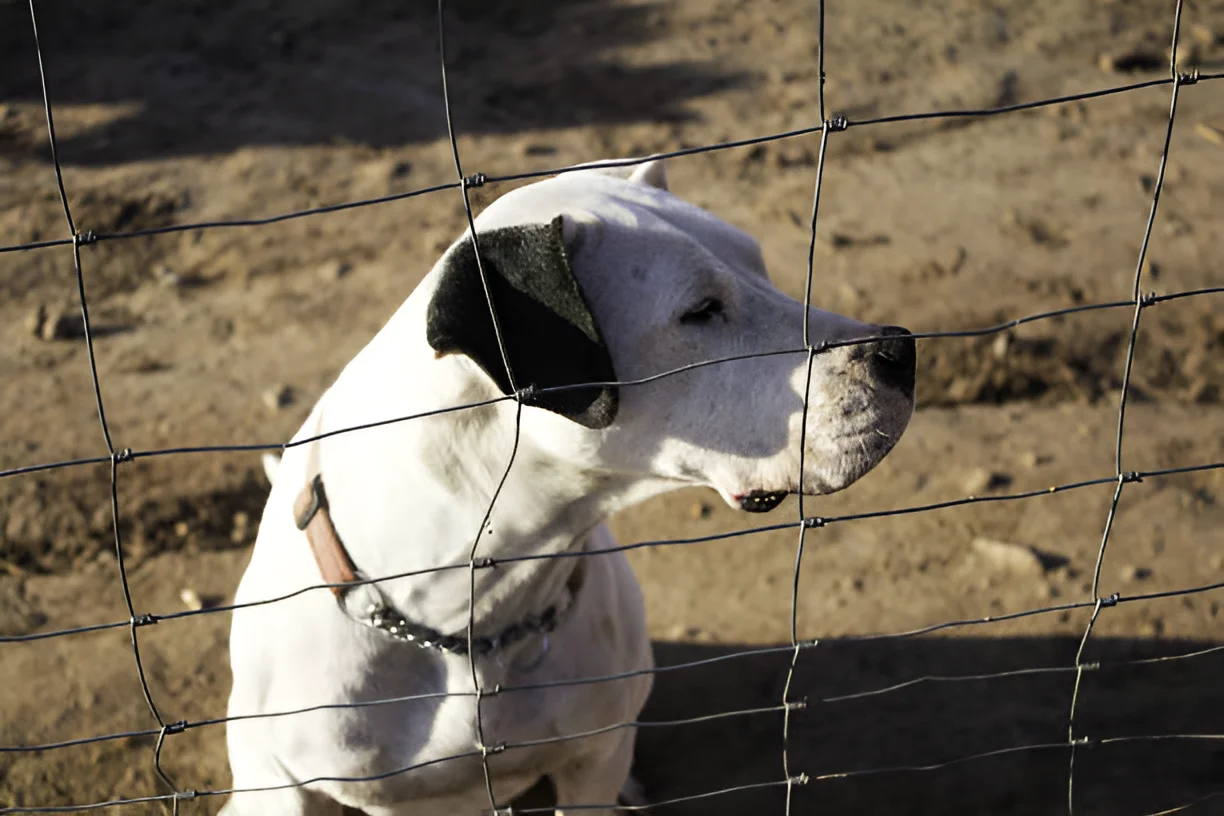Dogs identify intruders primarily through their keen senses of smell, hearing, and sight, combined with their natural territorial instincts. Let’s explore the fascinating ways dogs detect and respond to unfamiliar presences in their environment.
Dogs have been our loyal companions and protectors for thousands of years. Their ability to sense and identify intruders is one of the many reasons they are valued as guardians of our homes. This comprehensive guide delves into the mechanisms behind a dog’s ability to detect intruders, the signs they exhibit, and how you can enhance their natural guarding instincts.
The Science Behind a Dog’s Senses
1. Sense of Smell
A dog’s sense of smell is incredibly powerful, estimated to be between 10,000 to 100,000 times more sensitive than that of humans. This heightened olfactory ability allows dogs to detect and differentiate between a vast array of scents. When an intruder enters their territory, dogs can quickly identify the unfamiliar scent and react accordingly.
2. Hearing Abilities
Dogs have an acute sense of hearing, capable of detecting sounds at frequencies and volumes beyond human capabilities. They can hear high-pitched noises and detect sounds from a greater distance. This allows them to pick up on the subtle sounds of an intruder’s movements, even before they are visible.
3. Visual Acuity
While dogs’ vision is not as sharp as humans’, they are highly attuned to movement and can see well in low light conditions. This makes them effective at spotting intruders, especially during dawn, dusk, or nighttime.
Behavioral Signs of Intruder Detection
1. Alertness and Barking
One of the most common signs that a dog has detected an intruder is increased alertness and barking. Dogs may stand at attention, with their ears perked up and eyes focused on the source of the disturbance. Barking serves as both a warning to the intruder and an alert to their owners.
2. Growling and Defensive Posture
In addition to barking, dogs may growl and adopt a defensive posture when they sense an intruder. This behavior is intended to intimidate the intruder and protect their territory. Raised hackles, a stiff body, and a direct stare are common indicators of a defensive stance.
3. Running to the Source
Dogs often run towards the source of the unfamiliar sound or scent. This behavior is driven by their curiosity and protective instincts. They may position themselves between the intruder and their family members, ready to defend if necessary.
Training Your Dog to Identify Intruders
1. Basic Obedience Training
Basic obedience training is the foundation for teaching your dog to identify and respond to intruders. Commands such as “sit,” “stay,” and “come” are essential for controlling your dog’s behavior in potentially stressful situations.
2. Alert Training
Training your dog to alert you to the presence of an intruder involves reinforcing their natural behaviors. Use positive reinforcement techniques, such as treats and praise, to reward your dog for barking or alerting you when someone approaches your home.
3. Controlled Exposure
Expose your dog to various scenarios where they might encounter an intruder. This controlled exposure helps them learn to differentiate between normal and suspicious activities. Practice these scenarios regularly to reinforce their training.
Enhancing Your Dog’s Guarding Instincts
1. Socialization
Proper socialization is crucial for ensuring your dog can distinguish between friendly visitors and potential threats. Introduce your dog to a variety of people, environments, and situations to build their confidence and reduce anxiety.
2. Environmental Enrichment
Provide your dog with a stimulating environment that encourages their natural guarding instincts. Toys, puzzles, and interactive games can keep their minds sharp and engaged, making them more effective at detecting intruders.
3. Physical Exercise
Regular physical exercise is essential for maintaining your dog’s overall health and well-being. A well-exercised dog is more alert and responsive, making them better equipped to identify and respond to intruders.
Common Breeds Known for Guarding
1. German Shepherd
German Shepherds are renowned for their intelligence, loyalty, and protective instincts. They are commonly used in police and military roles due to their ability to detect and respond to threats effectively.
2. Rottweiler
Rottweilers are powerful and confident dogs with a natural guarding instinct. They are known for their courage and ability to protect their families from intruders.
3. Doberman Pinscher
Dobermans are alert and fearless, making them excellent guard dogs. Their loyalty and protective nature make them highly effective at identifying and deterring intruders.
Conclusion
Dogs identify intruders primarily through their keen senses of smell, hearing, and sight, combined with their natural territorial instincts. By understanding these mechanisms and providing proper training and socialization, you can enhance your dog’s ability to protect your home and family. Remember, the key is to support their natural instincts while ensuring they remain well-balanced and confident.
The photo featured below the post headline is Credit: fotocelia/istockphoto
I hope you find this post helpful and informative. If Yes’ feel free to share it with your friends!
Frequently Asked Questions
How can I tell if my dog has detected an intruder?
Signs that your dog has detected an intruder include increased alertness, barking, growling, and running towards the source of the disturbance. They may also adopt a defensive posture with raised hackles and a stiff body.
Can all dogs be trained to identify intruders?
While all dogs have the potential to detect intruders, some breeds are naturally more inclined to guarding behaviors. However, with proper training and socialization, most dogs can learn to alert their owners to unfamiliar presences.
What should I do if my dog detects an intruder?
If your dog detects an intruder, remain calm and assess the situation. Use commands to control your dog’s behavior and ensure their safety. Contact authorities if necessary and avoid confronting the intruder directly.
How can I enhance my dog’s guarding instincts?
Enhance your dog’s guarding instincts through basic obedience training, alert training, socialization, environmental enrichment, and regular physical exercise. Providing a stimulating environment and controlled exposure to various scenarios can also help.
Are certain breeds better at identifying intruders?
Yes, certain breeds like German Shepherds, Rottweilers, and Doberman Pinschers are known for their strong guarding instincts and ability to identify intruders. However, individual temperament and training play significant roles in a dog’s effectiveness as a guard dog.

